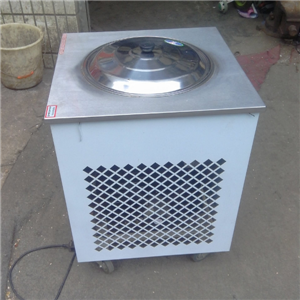
To start a business on the hot and dry noodles track, brand selection is directly related to customer positioning and operation difficulty. The following is a brand classification analysis based on market popularity and franchise support, providing reference for entrepreneurs with different needs. 1、 Signature brand: historical endorsement and standardized operation Cai Linji, as a century old signboard, realized product standardization by relying on the sauce and noodles uniformly distributed in the kitchen, with a single store franchise of about 100000 to 200000 yuan. Its gold lettered signboard carries its own flow in Wuhan and surrounding areas, which is suitable for entrepreneurs seeking stable tourist sources. Laohankou hot and dry noodles mainly play the "feeling card", attracting middle-aged and elderly customers through the reproduction of traditional production techniques, and the store's permanent cultural exhibition area enhances the sense of experience. 2、 Community oriented and brand oriented: flexible operation and young orientation Chujie Yipin is famous for "opening one hot store, one hot store", with a single store franchise of 80000-150000 yuan, relying on its own noodle factory to achieve cost control, especially suitable for opening stores around communities and schools. Bowled hot and dry noodles follow the route of "product matrix". In addition to classic hot and dry noodles, soup noodles and cold noodles are added to meet the all-weather business needs. Grandma's hot and dry noodles expanded rapidly in second and third tier cities with online celebrity decoration style and social media marketing, and more stores were equipped with self-service ordering systems to improve efficiency. 3、 Cost performance ratio and distinctive brand: differentiated competitive strategy, the village chief's hot and dry noodles mainly focus on the combination of "freshly ground sesame paste+manual alkaline noodles", the customer price is controlled within the range of 8-12 yuan, and the target cycle is achieved in 6-10 months through high repurchase rate. Nie Laosi Hot and Dry Noodles launched beef, sour beans and other toppings, and adopted the light asset model of "store+take away franchise", with the difficulty of joining as low as 50000 yuan. Chu Xiangji broke the limitation of traditional fast food, and the serving speed was increased to 2 minute bowls, and the daily sales of a single store could reach 300 bowls at the peak. 4、 Potential brand: regional dark horse and emerging force Cai Hanwen hot and dry noodles stick to the concept of "real materials", in addition to hot and dry noodles, they are paired with Wuhan snacks such as rice wine paste and bean skin, forming a premium space for breakfast packages. Although Pengji Hot Dry Noodles have not expanded in a large scale, the "portable hot dry noodles" developed by Pengji Hot Dry Noodles have a prominent performance in e-commerce channels, and are suitable for entrepreneurs who integrate online and offline. It is worth noting that some brands, such as Evergreen Wheat Fragrant Garden, have established a regional protection mechanism. Before site selection, it is necessary to confirm that there is no competition with other brands within 3km. Selection suggestions • Limited budget: give priority to the light asset brands with a franchise value of 50000 to 100000 yuan, such as Grandma's, Laohankou, etc. • Focus on takeout: choose brands that provide online operation support, such as Chengwan, Nie Laosi, etc. • Regional gaps: in the third and fourth tier cities that have not yet been saturated, Chujie Yipin and Village Head Brother are more competitive • Cultural empowerment: Cai Linji Cai Hanwen is suitable for special scenes such as cultural and tourism streets. The key is to visit 3-5 franchise stores on the spot, focusing on the lunch efficiency and sauce preservation methods. Although the franchise fee of some brands is low, the purchase price of raw materials in the later stage is 20% - 30% higher than the market, so the supply chain terms need to be specified in the contract.



